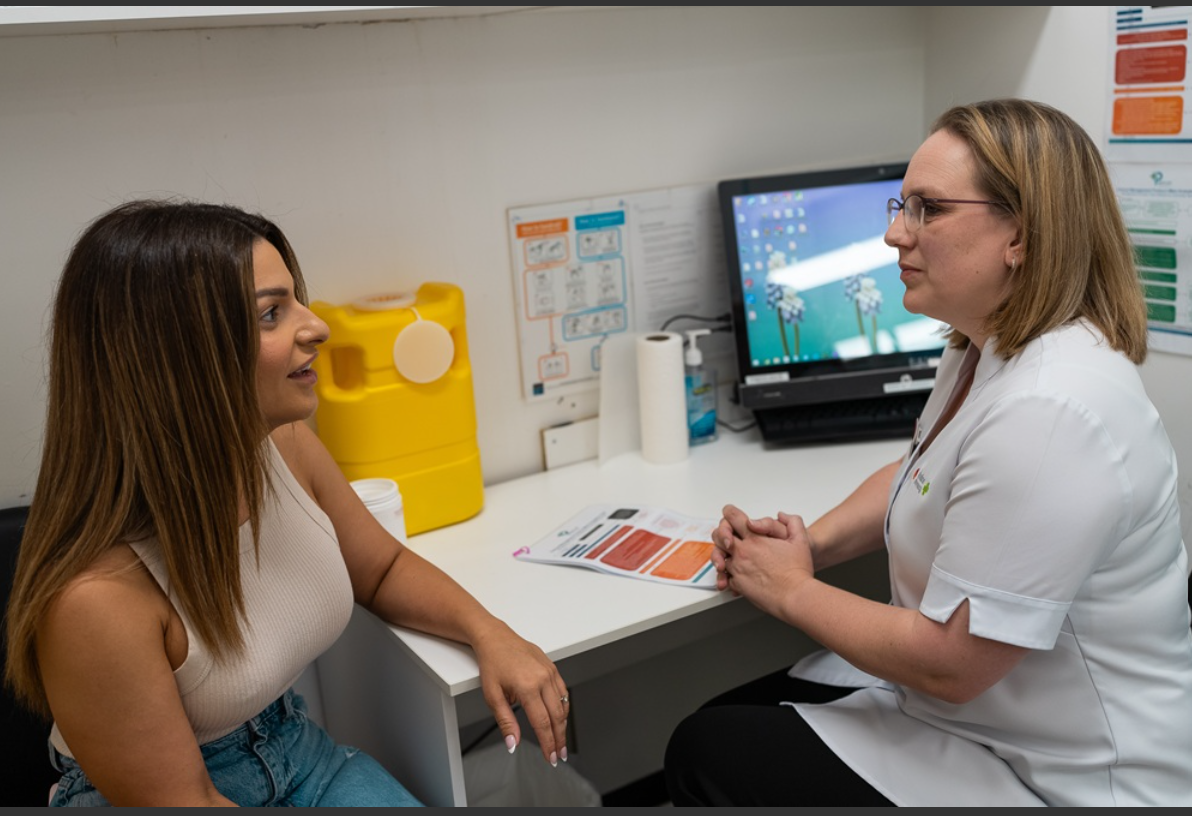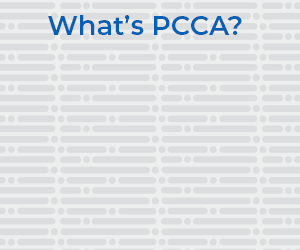The Pharmacy Guild of Australia is calling for health bodies to ‘back each other’ to deliver a more efficient, responsive and patient-directed health system.
The call came as the Royal Australian College of General Practitioners (RACGP) released its latest Health of the Nation report.
“Other primary healthcare providers such as pharmacists and nurses are here to help,” PGA’s National President Professor Trent Twomey said.
We all want the same thing – to help our patients,” he said.
We all want to remove inefficiency in the system
PGA National President Prof Twomey
“We can achieve more if we are all empowered to work to the full extent of our skills, training and experience.”
“Many pharmacists, like me, have already gone back to university to complete a post-graduate qualification to be able to treat every day health conditions like ear infections and uncomplicated UTIs, prescribe hormonal contraception or manage long term conditions like asthma and high blood pressure,” he said.
Figures from the Australian Bureau of Statistics show 28 percent of patients reported waiting longer than they thought was acceptable to get a GP appointment.
Every consultation in a community pharmacy frees up GP appointments and prevents hospital presentations.
What's the long term ambition?
The PGA’s ambition is for 80 percent of pharmacists to be offering additional services in 80 percent of pharmacies by 2035.
External modelling shows this would save 6.5-million GP consultations and more than 52,000 emergency department hours each year.
“We all want to remove inefficiency in the system,” Prof Twomey said.
For patients it means accessible care and being able to see a trained, trusted healthcare provider quickly
PGA National President Prof Twomey
“That’s why community pharmacies are stepping up.
“Early intervention by frontline healthcare professionals reduces complications and takes pressure off other parts of the health system, which then enables GPs and hospitals to focus on more complex or urgent cases,” he said.
“Unlocking efficiencies across the healthcare system is essential.
“Safe treatment for everyday and long-term health conditions in local community pharmacies is cost effective and efficient.
“For patients it means accessible care and being able to see a trained, trusted healthcare provider quickly.”
There are more than 6,000 community pharmacies in Australia, open earlier longer and later than GP surgeries.
Most Australians live within 2.5km of a community pharmacy and for more than 300 towns in Australia, a community pharmacy is the only frontline healthcare provider.










